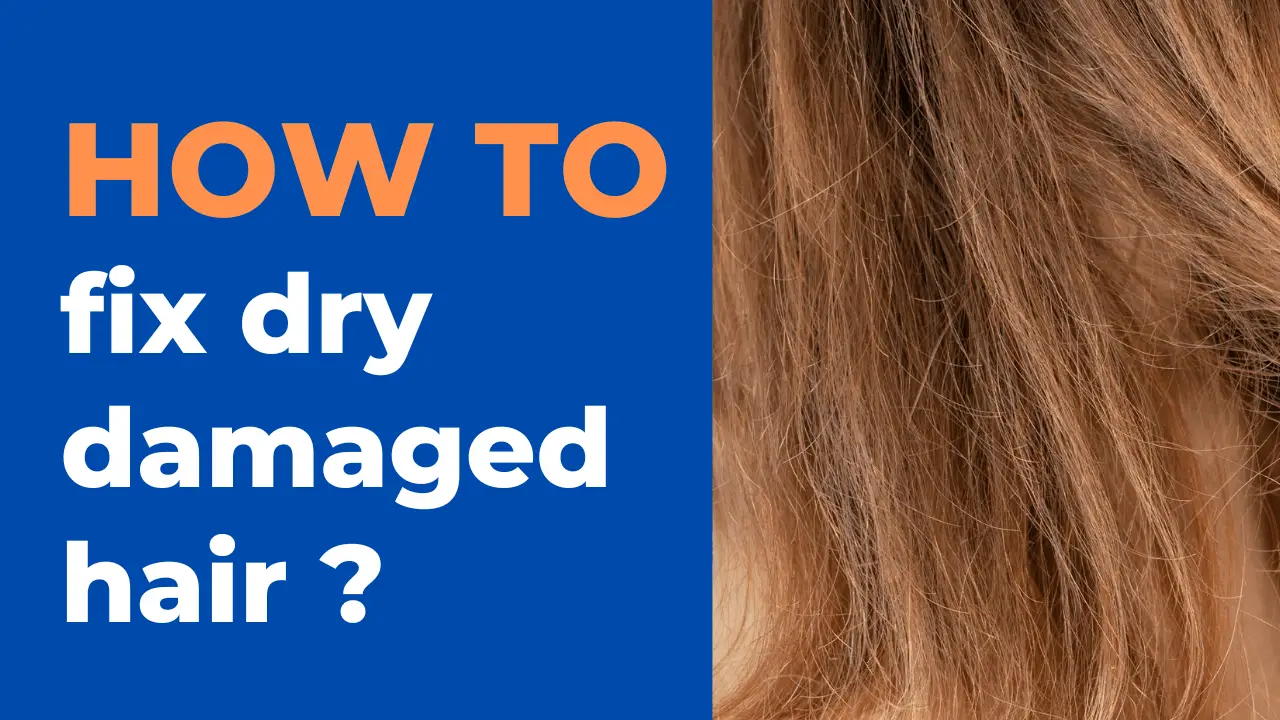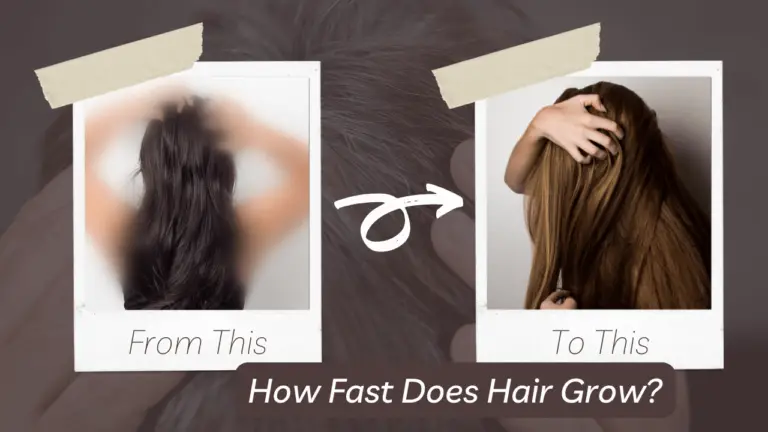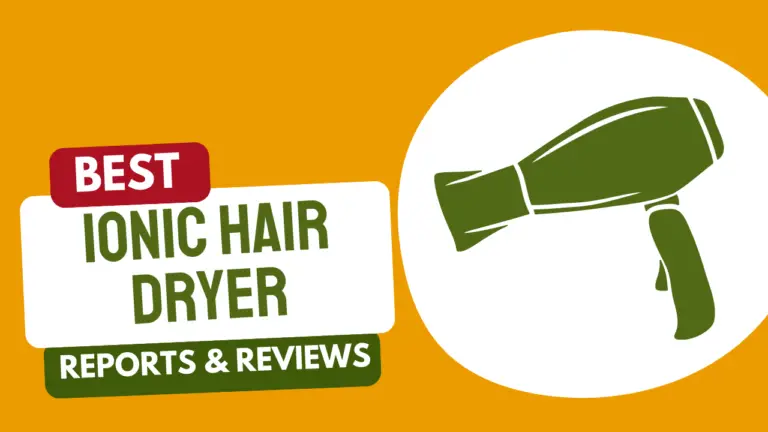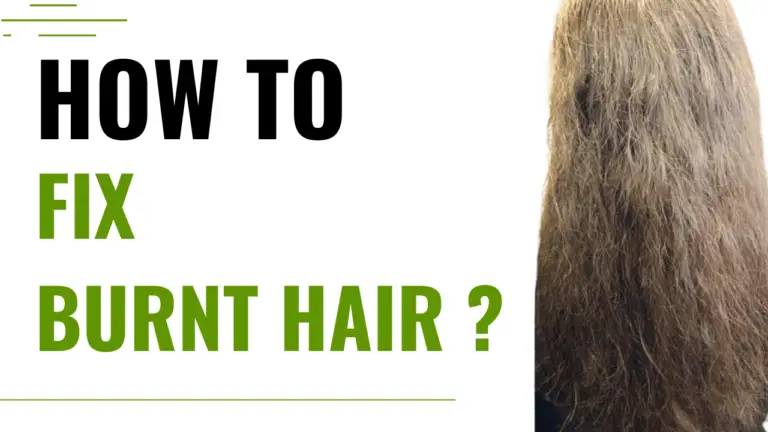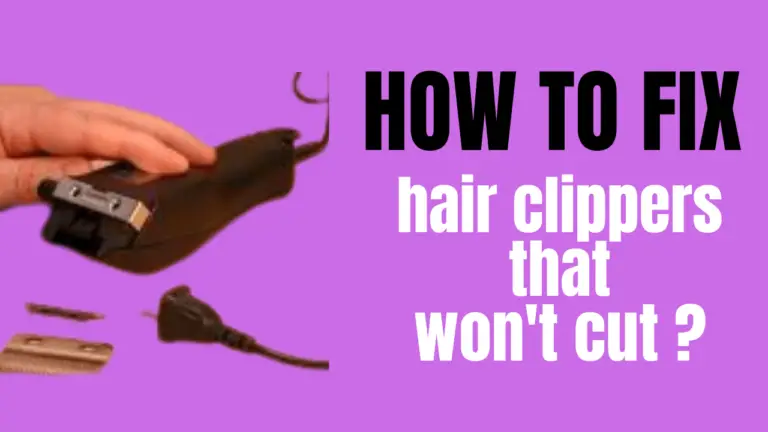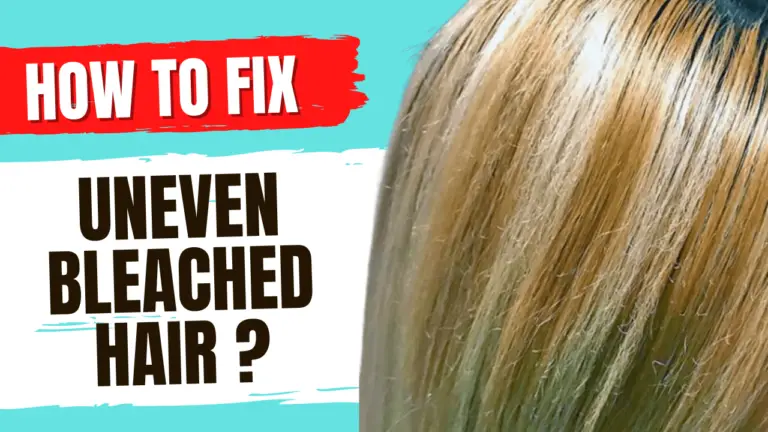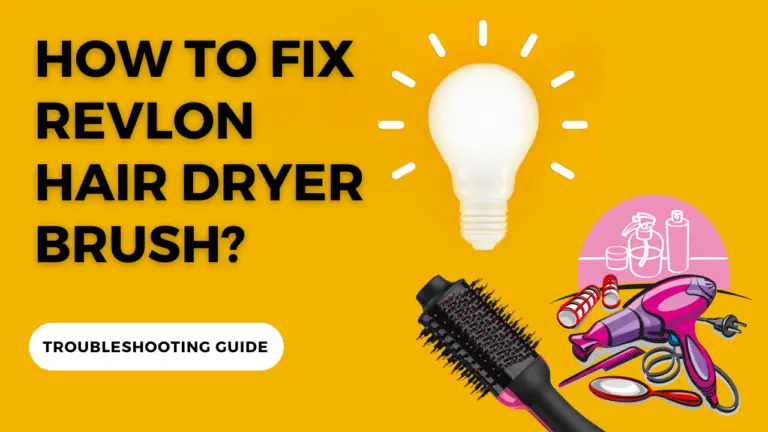How To Fix Dry Damaged Hair?
Last Updated on September 18, 2023 by Emily
You can fix dry hair in several ways, depending on the severity of the problem. If your hair is only mildly dry, you may be able to improve the condition with some simple home remedies. However, if your hair is dehydrated and damaged, you may need professional help.
To fix dry hair, use a conditioner more often. Look for a conditioner specifically designed for dry hair, and use it every time you wash your hair. In addition, you can try using a deep conditioning treatment once or twice a week. These treatments can help to replenish the moisture in your hair, and they can also help to protect it from further damage.
If your dry hair is caused by damage, you may need to take more drastic measures. If your hair is dehydrated and damaged, you may need a haircut. This will remove any split ends or other damaged areas of your hair and give you a chance to start fresh with healthy hair. You may also want to consider using a protein treatment if you have dry hair. These treatments can help to repair the damage that has been done to your hair, and they can also help to protect it from future damage.
No matter what method you choose to fix dry hair, it is essential to remember that you need to be gentle with your hair. Avoid harsh chemicals or heat styling tools, as these can further damage your hair. Instead, focus on using gentle products and techniques that will help improve your hair’s condition without causing any additional damage.
Contents
How To Prevent Hair Damage If Its From Dye?
Limit Further Damage:
- Stay on shade: When you dye your hair, try to select a colour that is similar to your natural shade. This will help limit the amount of damage caused by frequent colouring and treatments.
- Wash it less: Overwashing can strip away essential oils from the scalp and cause more dryness and damage. For best results, shampoo no more than two to three times a week.
- Clarify Your Hair: When hair is damaged, it can accumulate build-up from styling products. Clarifying shampoos help to remove this residue and restore the health of your hair.
- Apply oil treatments: Natural oils like coconut or olive oil can be used as intense conditioning treatments for dry and damaged hair. Make sure to apply the oil to
- Dye less often: If you’re dyeing your hair too often, try and reduce the frequency to every few months. This will give your hair time to recover and prevent further damage from occurring.
- Go to a professional: If you’re a regular at the salon, consider booking an appointment with a professional hairstylist. They will be able to give advice on how to best care for your hair and provide treatments that can help repair damage.
- Opt for semi- or demi-permanent: If you’re looking for a change, opt for semi- or demi-permanent dyes as these are less damaging to the hair. Semi- or demi-permanent dyes also provide more subtle colour changes so you won’t have to worry about overdoing it.
- Stick to one service at a time: When visiting a salon, try and stick to one service at a time. Combining multiple services can overwork the hair and cause more damage than necessary.
- Use a wide-toothed comb: When brushing or combing your hair, use a wide-toothed comb instead of a brush as this will help reduce breakage. Start from the ends of your hair and work your way up to prevent further damage.
Fix Existing Damage?
Use Olive Oil:
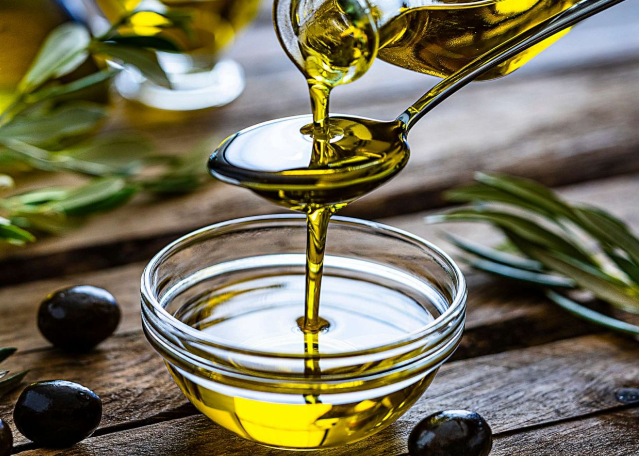
- Step1. Heat up a few tablespoons of olive oil in the microwave for 15-20 seconds.
- Step 2. Massage the oil into your scalp and run it through the length of your hair.
- Step 3. Cover your hair with a shower cap or plastic wrap and let the oil sit on your hair for 30 minutes to an hour before washing it out.
Deep Conditioning Treatment:
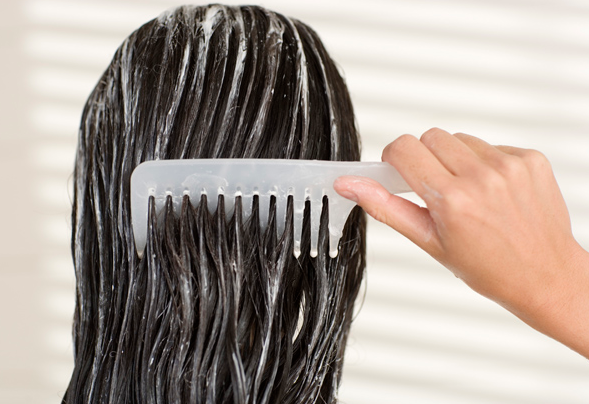
- Step 1. After shampooing, apply a deep-conditioning treatment to your hair and cover it with a shower cap or plastic wrap.
- Step 2. Leave the conditioner on for at least 20 minutes before rinsing it out.
- Step 3. Rinse the product off with cool water, as hot temperatures can cause further damage.
Trim Your Hair Regularly:
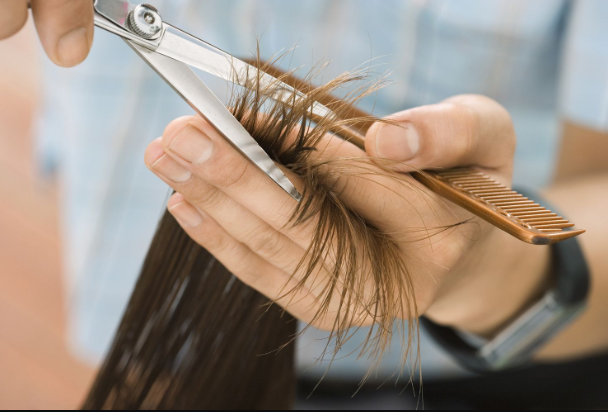
- To reduce split ends and prevent further damage from occurring, get regular trims every 6-8 weeks.
- Ask your stylist to cut off only the damaged ends of your hair instead of taking off a significant length.
- Regular trims will help bring back some of the life to your hair and reduce breakage.
Use A Leave-In Conditioner:
- Step 1. After shampooing, apply a leave-in conditioner to the length of your hair.
- Step 2. Make sure to focus on the ends of your hair, as this is where the most damage occurs.
- Step 3. The leave-in conditioner will help nourish and protect your hair from further damage.
Use A Protein Treatment:
- Step 1. Protein treatments can help strengthen and repair damaged hair by rebuilding the internal structure of each strand.
- Step 2. Use a protein-based conditioner or mask, and apply it evenly to your hair.
- Step 3. Leave the product on for 10-15 minutes before rinsing it off with cool water.
These are some of the most effective ways to repair dry and damaged hair.
Use Color-Safe Shampoo And Conditioner:
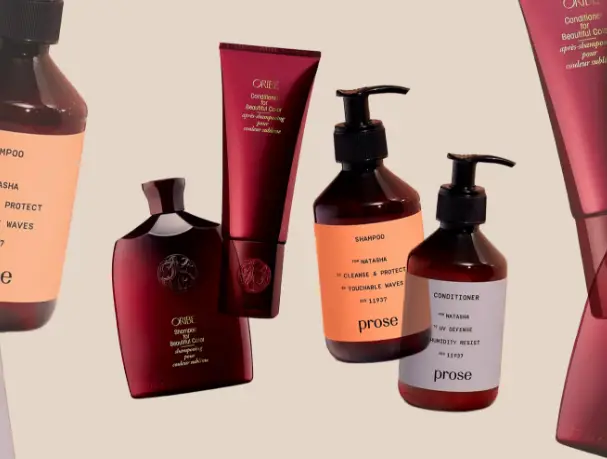
- Choose a color-safe shampoo and conditioner that is specifically made for dyed hair.
- Color-safe products are formulated to be gentler on the hair and prevent fading of the dye.
- Make sure to use a mild, sulfate-free shampoo as this will help keep your colour looking vibrant for longer.
- Don’t forget to follow up with a color-safe conditioner to help lock in moisture and add shine.
How To Prevent Hair Damage If It’S From Bleach
How To Limit Further Damage:
- Bleach less frequently or not at all: If you’re finding that your hair is becoming dry and brittle due to frequent bleaching, consider limiting the amount of times you bleach. If possible, try not to bleach your hair at all as this can cause significant damage.
- Use a milder bleaching product: If you’re insistent on continuing to bleach your hair, opt for a milder bleaching product. Look for one that contains moisturizing ingredients such as aloe vera or glycerin to help protect the hair from further damage.
- Use a heat protectant: Before styling your hair with hot tools, make sure to use a heat-protectant spray to prevent further damage. Heat-protectant sprays create a barrier between the hair and hot tools, helping to keep your hair healthy and shiny.
- Cut down on chemical treatments: If you’re using any other chemical treatments such as relaxers or perms, make sure to cut down on their usage as they can further damage the hair. If possible, try to limit their usage or cut them out completely.
How To Ease Existing Damage?
Use Almond Oil:
- step1: Heat 2 tablespoons of almond oil in a bowl.
- step2: Massage the warm oil into your scalp and hair, focusing on the ends.
- step3: Wrap your head with a shower cap or plastic wrap, then leave it on for 30 minutes before rinsing off.
Almond oil can help to soften and repair damaged hair cuticles as well as hydrate dry strands.
Apply Castor Oil:
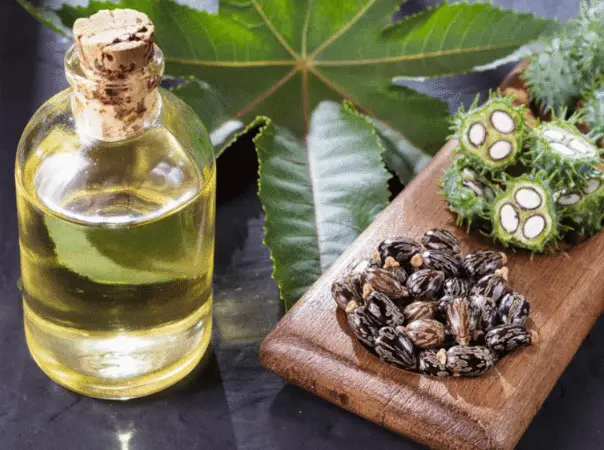
- step1: Mix together equal parts of castor and coconut oil in a bowl.
- step2: Gently massage the mixture onto your scalp and work it through from roots to tips.
- step3: Tie up your hair with a towel or scarf, then leave it on overnight before rinsing off.
Castor oil is a natural emollient and has anti-inflammatory properties that can help to soothe an itchy scalp while restoring moisture to dry hair.
Swap Out Your Shampoo:
Using the wrong kind of shampoo can strip away moisture from your hair, leaving it dry and brittle. Look for ingredients like shea butter, almond oil, and coconut milk that will add hydration back into your locks without weighing them down.
Try A Rice Water Rinse:
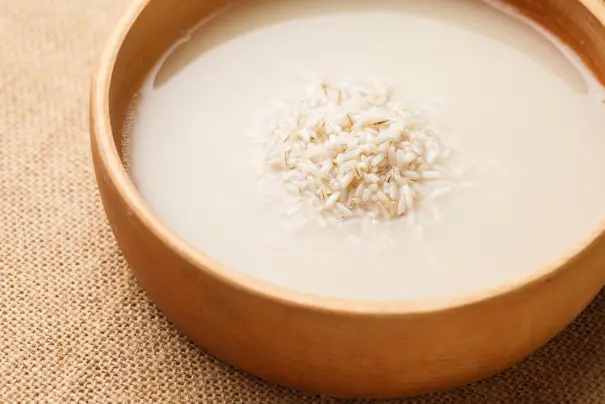
- step1: Boil two cups of rice in four cups of water until the grains turn soft and mushy.
- step2: Strain out the liquid and let it cool down before applying it to your hair with a cup or spray bottle.
- step3: Leave it on for 10 minutes before rinsing off with cool water. Rice water is rich in vitamins, minerals, and amino acids that can help to reduce dryness and prevent split ends from forming.
By following these simple steps you can repair dry damaged hair and get back its shine.
How To Limit Further Damage If It’S From Heat Tools?
How To Limit Further Damage?
- Turn down the temperature: Instead of using hot tools at their maximum temperature, try turning them down a few notches so that your hair isn’t exposed to as much heat. This will help reduce the amount of damage caused by styling with hot tools.
- Use a heat protectant: Before styling your hair with hot tools, make sure to use a heat-protectant spray to prevent further damage. Heat-protectant sprays create a barrier between the hair and hot tools, helping to keep your hair healthy and shiny.
- Reduce usage of hot tools: Try to limit the amount of time you use hot tools on your hair each week. This will help reduce the amount of damage caused by heat styling and give your hair a chance to recover from any previous damage.
- Use nourishing masks: Regularly using deep-conditioning masks can help restore moisture to dry, damaged hair caused by heat styling. Look for masks that contain natural ingredients such as avocado, honey or coconut oil to help nourish and protect your hair.
- Add moisture: Dehydrated, brittle hair needs moisture to regain its elasticity and shine. To make a homemade deep conditioning mask, combine equal parts honey and olive oil. Apply it to the scalp and hair, cover with a shower cap or plastic wrap, and leave it on for 30 minutes before rinsing off. Try using a weekly moisturizing hair mask to restore dry strands.
- Use sun protection: Sun exposure can be a major factor in drying out your hair. To protect it, cover up with a hat or scarf when going outdoors. You can also use a leave-in conditioner with SPF protection to shield your hair from the sun’s damaging rays.
- Blow dry from a distance: To reduce damaging heat, keep a distance of at least six inches between your blow-dryer and hair. Focus the airflow on one section at a time and move it around to avoid concentrating too much heat in one area. This will help minimize damage to your hair cuticles while you style.
- Go with natural styles: If possible, limit how often you use heat tools and opt for air-drying or natural styles like braids and buns. This can help to reduce the amount of heat damage that your hair is exposed to over time.
- Eat a balanced diet: Eating a balanced diet rich in protein, vitamins, minerals, and essential fatty acids is key for maintaining strong, healthy hair that’s less prone to breakage or split ends. Make sure to include plenty of fresh fruits and vegetables, lean proteins, and healthy fats in your regular meals.
- Use haircare products sparingly: Overusing shampoos, conditioners, and other styling products can lead to a buildup of residue on the hair that can cause it to become brittle or dry out over time. When applying products to your strands, be sure to use them sparingly and rinse thoroughly with cool water afterward.
- Cover up when outdoors: UV rays from the sun can cause serious damage to delicate hair strands if they’re exposed for too long. To keep your locks safe, always wear a hat or scarf that covers your head when you’re out in the sun for extended periods of time.
By following these simple tips, you can limit further damage from using heat tools on dry damaged hair. Not only will this help keep your strands healthy and hydrated, but it will also ensure that your hairstyles last longer for days of beautiful hair!
How To Ease Existing Damage?
Use Coconut Oil:
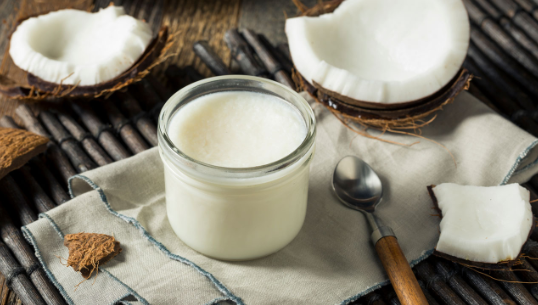
- step1: Warm a few tablespoons of coconut oil in the microwave for 30 seconds or until it’s liquid but not hot.
- step2: Massage the oil into your scalp and hair, focusing on any particularly dry areas.
- step3: Leave it on for 15 minutes before rinsing off with shampoo and cool water. Coconut oil is rich in fatty acids that can penetrate deep into the hair shaft to rehydrate strands and soothe an itchy scalp.
By taking preventative steps such as eating a nutritious diet and using heat protectants when styling, you can help keep your hair healthy while easing existing damage with nourishing treatments like coconut oil. With some patience and TLC, you’ll have silky smooth locks in no time!
Some extra tips to fix dry damaged hair
Use a hair mask weekly: Applying a nourishing hair mask once or twice a week can help to replenish moisture in your locks and give them a glossy shine. Choose one that’s formulated for your particular hair type and follow the instructions on the package for the best results.
Avoid harsh chemicals: Avoiding chemical treatments such as bleaching, coloring, or perming can help keep your locks healthy and free of dryness. If you must use these types of treatments, be sure to follow up with a deep conditioning treatment to restore moisture and shine afterward.
Look for bond builders: Bond builders, also known as “hair vitamins”, are special products that help to rebuild the proteins in your hair and restore its natural strength and elasticity. Look for a bond builder that contains biotin, niacin, and other essential vitamins to achieve optimal results.
FAQ’S
What Exactly Is Hair Damage?
Hair damage is when the cuticle of the hair shaft (the outermost layer) breaks down due to over-processing, excessive heat styling, or environmental factors. This can lead to frizz, split ends, and breakage.
What Are The Best Products For Dry Damaged Hair?
The best products for dry damaged hair are those that help to repair and restore the hair’s moisture balance. Look for natural ingredients such as honey, olive oil, coconut oil, almond oil, and rice water rinses to nourish your hair and protect it from further damage.
What Are The Types Of Hair Damage?
- Mechanical Damage: This is caused by excessive brushing, combing, and styling with heat tools.
- Environmental Damage: This occurs when hair is exposed to harsh elements like sun, wind, and pollution.
- Chemical Damage: This can be caused by the use of chemical treatments such as bleaching or permanent coloring. It can also be caused by using shampoos that are too harsh on hair.
What Causes Hair Damage?
Hair damage is usually caused by over-processing and heat styling. Other factors such as environmental exposure, chemical treatments, and using the wrong products for your hair type can also contribute to hair damage.
Can Hair Damage Be Reversed?
Hair damage can be reversed with the right product, practices and investing in good quality haircare products formulated for dry or damaged hair. With patience and regular care, you should begin to see improvement in the health of your hair.
Conclusion:
Hair damage can be a frustrating problem, but by using the right products, following healthy haircare habits, and understanding what causes hair damage, you can help to reduce or even reverse the effects of dry, damaged hair. Investing in good quality haircare that works for your specific hair type is important to keeping your locks looking healthy and beautiful. With patience and regular care, you should begin to see the regeneration of your hair’s health.
